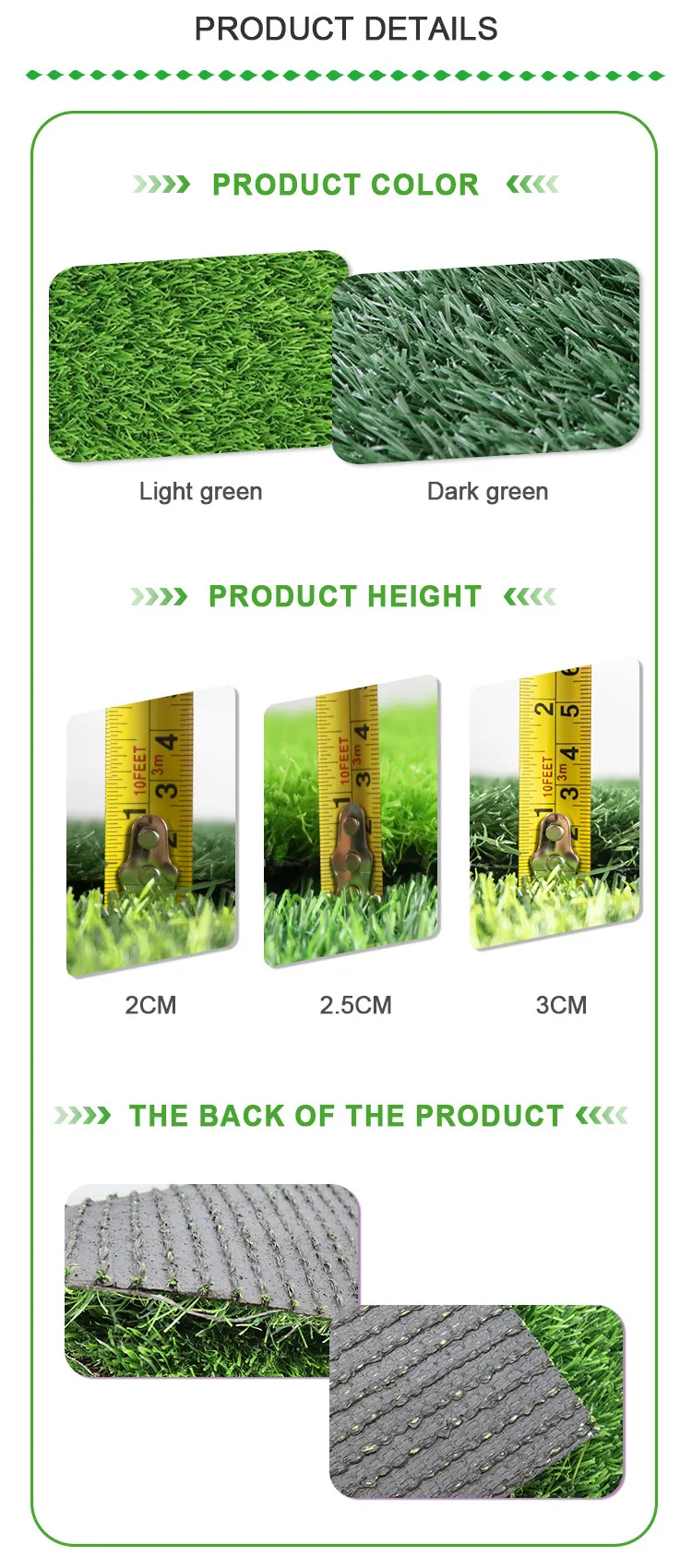
- Afrikaans
- Arabic
- Belarusian
- Bengali
- Czech
- Danish
- Dutch
- English
- Esperanto
- Estonian
- Finnish
- French
- German
- Greek
- Hindi
- Hungarian
- Icelandic
- Indonesian
- irish
- Italian
- Japanese
- kazakh
- Rwandese
- Korean
- Kyrgyz
- Lao
- Latin
- Latvian
- Malay
- Mongolian
- Myanmar
- Norwegian
- Persian
- Polish
- Portuguese
- Romanian
- Russian
- Serbian
- Spanish
- Swedish
- Tagalog
- Tajik
- Thai
- Turkish
- Turkmen
- Ukrainian
- Urdu
- Uighur
- Uzbek
- Vietnamese
Estimating the Average Cost of Installing a Turf Football Field
Dec . 04, 2024 19:24 Back to list
Understanding the Average Cost for a Turf Football Field
The decision to install a turf football field is a significant investment for schools, sports complexes, and municipalities. The advantages of artificial turf are numerous, including reduced maintenance costs, increased durability, and the ability to use the field in various weather conditions. However, understanding the average costs associated with installing an artificial turf football field is crucial for any organization considering this transition.
Initial Installation Costs
The average cost of installing a turf football field can vary widely depending on several factors, including location, field size, and the type of turf selected. Generally speaking, the costs for a standard-sized football field (approximately 100 yards by 50 yards, including end zones) range from $600,000 to $1.5 million. On average, you can expect to pay around $1 million for a quality installation.
Factors influencing the cost include
1. Type of Turf There are various types of synthetic turf available, each with different price points. Most fields utilize either monofilament or slit-film turf, with monofilament often being more expensive but offering better durability and a more natural look. Higher-end turf can cost upwards of $10 to $15 per square foot, affecting the overall budget.
2. Base Construction The base preparation is critical for a successful installation. This involves leveling the ground, ensuring proper drainage, and applying a sub-base of materials like crushed stone or gravel. The cost of base construction may add $200,000 to $300,000 to the overall project, depending on existing conditions and drainage needs.
3. Infill Materials Turf fields typically require infill materials like rubber or sand to maintain the integrity and playability of the surface. The type and quality of infill material can significantly impact costs. For example, using environmentally-friendly infill options may be more expensive but are often preferred for their safety and sustainability.
4. Installation Labor Professional labor is required for the field installation, significantly impacting the total cost. Labor costs can vary by region, with some areas charging more due to higher living costs. Budgeting around 15-20% of the total cost for labor is advisable.
average cost for a turf football field

5. Permits and Site Preparation Before installation, organizations need to secure the necessary permits, which can add additional costs. Site preparation may also involve removing existing grass, dealing with irrigation systems, and ensuring that the field meets local regulations and standards.
Ongoing Costs
While initial costs are substantial, it’s crucial to consider ongoing expenses associated with maintaining a turf field. Although artificial turf requires less maintenance than natural grass, there are still costs involved. Routine maintenance includes
- Regular Cleaning Debris, leaves, and dirt can accumulate on the field surface, requiring periodic cleaning. Professional cleaning services can cost between $1,000 to $3,000 per visit.
- Annual Inspections Fields should undergo annual inspections to ensure safety and playability, often costing between $1,500 to $5,000.
- Infill Replacement Over time, infill materials may settle or degrade, necessitating periodic replacement that can average $20,000 to $40,000 every several years.
- Repairs Although turf fields are durable, wear and tear can lead to repairs. Setting aside a maintenance budget is essential; organizations may want to allocate 5-10% of the initial investment for ongoing repairs and maintenance.
Conclusion
Installing a turf football field involves various costs, and careful planning and budgeting are essential to ensure a smooth process. While the initial investment may seem daunting, the long-term benefits, including increased field usage, reduced maintenance costs, and enhanced playability, often justify the expense. By understanding the average costs and factors involved in installation and maintenance, organizations can make informed decisions that align with their financial capabilities and community goals.
-
The Benefits of Artificial Turf for Indoors
NewsJul.15,2025
-
How Artificial Grass Suppliers Ensure Quality Products
NewsJul.15,2025
-
Artificial Grass and Pets: A Space for Relaxation
NewsJul.08,2025
-
Balcony & Outdoor Decoration with Artificial Grass
NewsJul.08,2025
-
Best Indoor Artificial Grass for Home
NewsJul.07,2025
-
Best Pet Turf for Dogs: Safe & Durable Artificial Grass Options
NewsJul.07,2025
Products categories









